

Every dog owner wants a well-behaved pet, but the journey to that goal can be challenging. Whether you’re a first-time dog owner or an experienced one, there’s always something new to learn. Trainers who work with dogs daily have valuable tips that can make a big difference in training success. Understanding a dog’s behavior and instincts is key to achieving a happy, well-behaved dog. By adapting training methods to each dog’s personality, you can make the experience more effective and enjoyable for both you and your pet.
Dogs Need Mental Stimulation, Not Just Physical Exercise
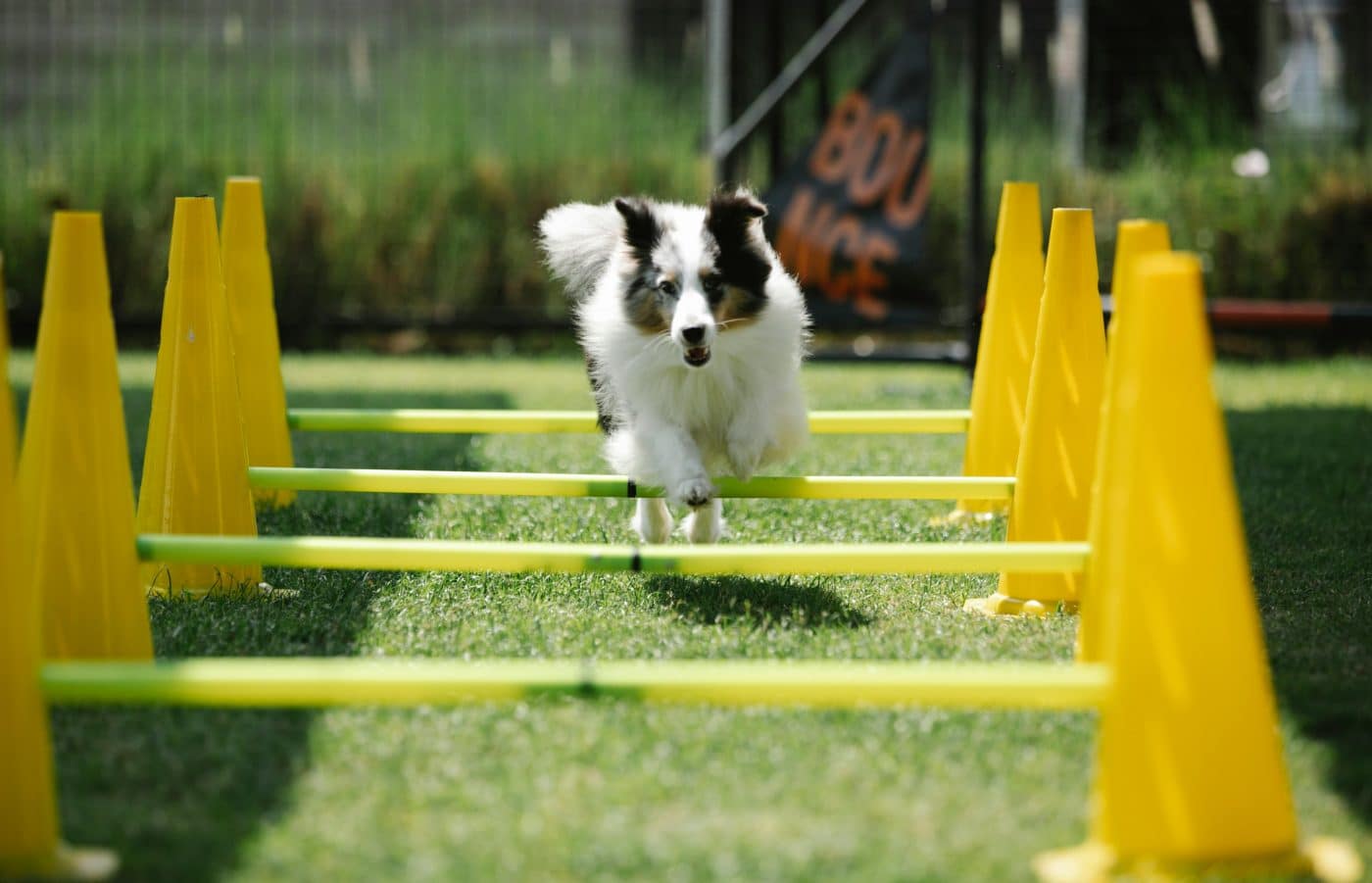
While physical exercise, like walks, is essential, dogs also need mental stimulation to stay happy. Trainers often stress that dogs who are not mentally challenged can become bored and develop destructive habits like chewing, digging, or excessive barking. Mental enrichment can include puzzle toys, scent games, or teaching your dog new tricks. Engaging your dog’s brain with activities like these helps prevent these unwanted behaviors and makes them feel more fulfilled.
Consistency Is Crucial, But So Is Patience

In dog training, consistency is key, but it must be paired with patience. Dogs learn through repetition, so consistent commands, rules, and rewards are vital for successful training. However, trainers also remind owners that dogs process information at different rates, and some breeds or individual dogs may need more time. Patience ensures that you don’t get frustrated with your dog, allowing them the space to learn at their own pace without feeling rushed.
Every Breed Has Unique Traits That Affect Training

Dogs come in a variety of breeds, and each breed has its own set of instincts and personality traits. Trainers emphasize that understanding the breed-specific tendencies of your dog can significantly influence your training approach. Herding dogs like Collies tend to be more energetic and require plenty of mental stimulation, while breeds like the Bulldog may be more laid-back. Knowing your dog’s breed can help you tailor training sessions to their specific needs, making the process smoother and more effective.
Dogs Don’t Speak Human—They Speak Body Language

Dogs don’t understand human language in the same way we do, so communication through body language is crucial. Trainers advise owners to watch for subtle cues, such as tail positions, ear movements, and posture, as they reveal a lot about how a dog is feeling. A wagging tail, for example, might not always mean happiness; it could indicate excitement or nervousness. Being able to read and respond to your dog’s body language helps prevent confusion and builds a stronger, more intuitive relationship with your pet.
Positive Reinforcement Is Far More Effective Than Punishment
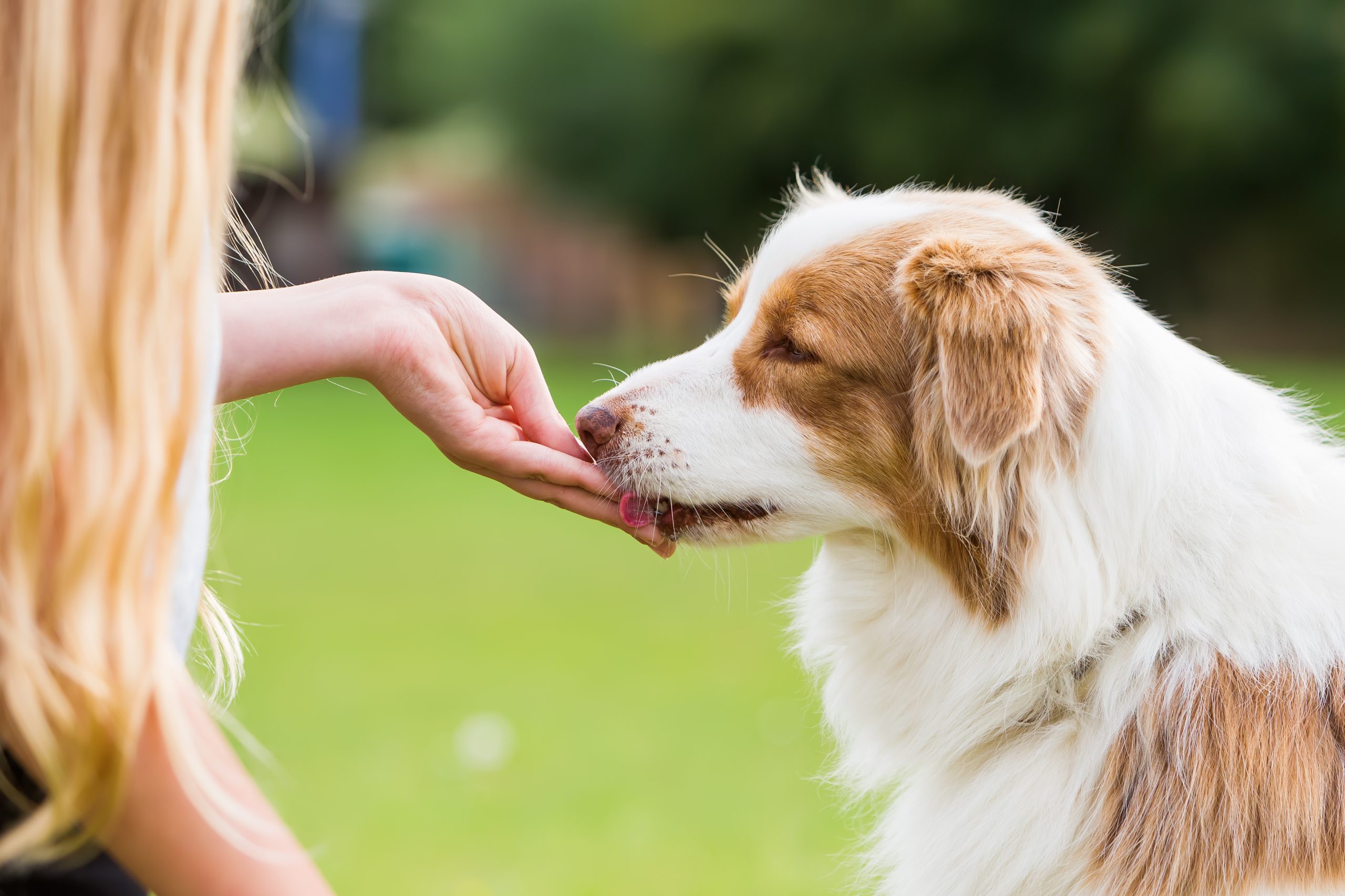
When training dogs, positive reinforcement is far more effective than punishment. Trainers always advocate for rewarding good behavior rather than punishing unwanted actions. Positive reinforcement—using treats, praise, or affection—encourages dogs to repeat the desired behavior. In contrast, punishment can lead to fear, anxiety, and confusion, making it harder for your dog to learn what is expected of them.
Exercise Isn’t Just About Walks

While walks are great for providing exercise, they aren’t always enough to meet your dog’s physical needs. Trainers recommend mixing up your dog’s exercise routine to keep them engaged and challenged. Activities like fetch, swimming, or hiking can provide both physical and mental stimulation, especially for high-energy dogs. By diversifying your dog’s exercise routine, you prevent boredom and promote a healthier, happier dog.
Calm and Assertive Leadership Is Essential

Dogs thrive under clear and calm leadership. Trainers emphasize the importance of being calm, assertive, and consistent in your interactions with your dog. When owners are anxious or unsure, dogs can sense it and may become confused or stressed. Calm, assertive leadership gives dogs a sense of security, letting them know they can rely on you for direction, which in turn leads to a more obedient and well-behaved pet.
Socialization Is Not Just for Puppies
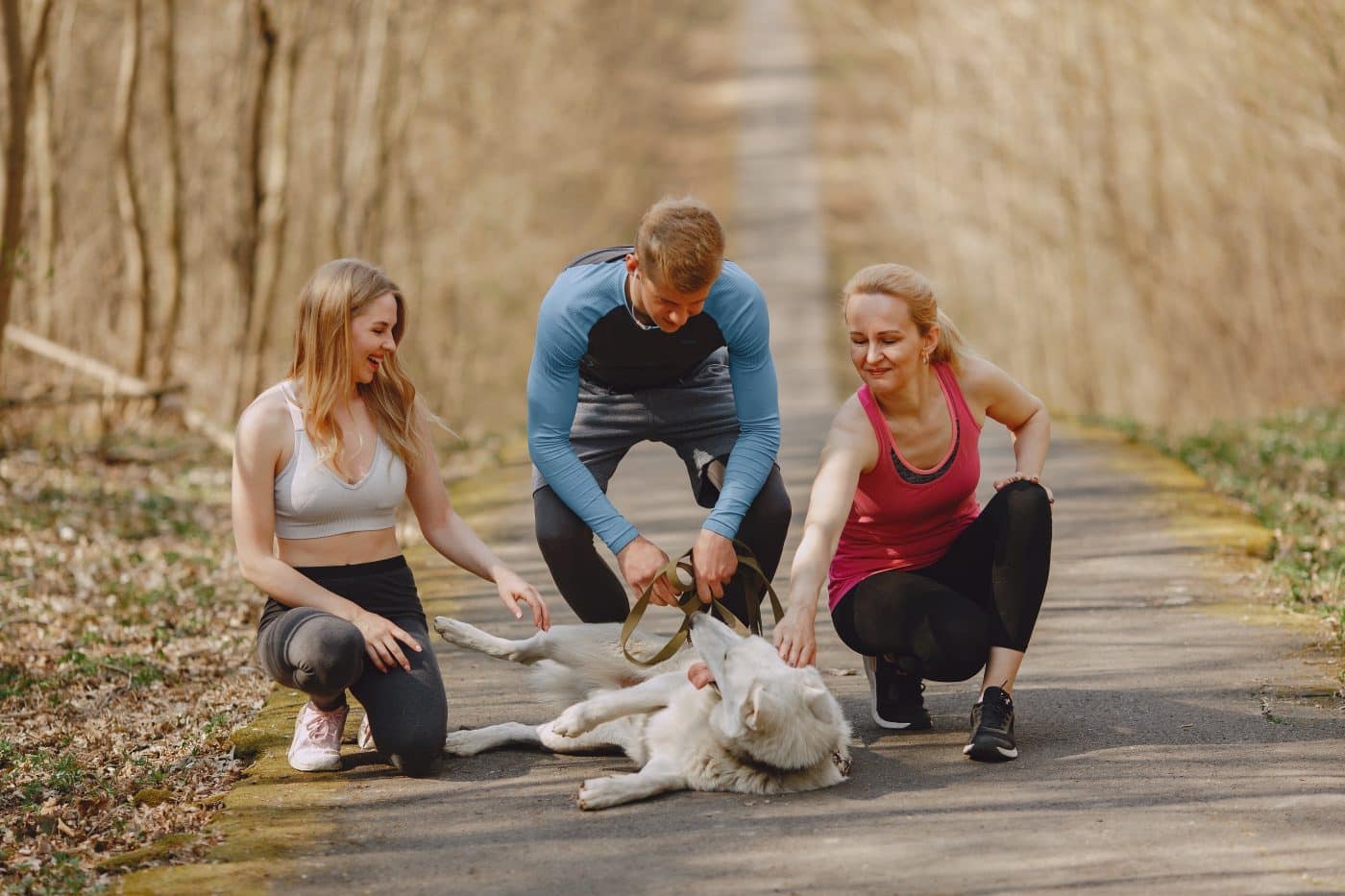
Socialization is an ongoing process and should not stop once a dog reaches adulthood. Trainers suggest that continuing to expose your dog to new people, animals, and environments helps them remain well-adjusted. Proper socialization prevents fear-based aggression and anxiety, especially in unfamiliar situations. By consistently introducing your dog to new experiences, you ensure they stay confident and adaptable throughout their life.
Dogs Can Sense Your Emotions

Dogs are highly intuitive creatures and can pick up on their owner’s emotional states. Trainers explain that your body language, tone of voice, and even your energy levels influence how your dog reacts. If you’re anxious or upset, your dog may mirror those emotions, potentially leading to anxiety or unwanted behaviors. Being aware of your emotional state and how it affects your dog helps you create a calm environment and prevents unnecessary stress.
Training Doesn’t End After Puppyhood

Training isn’t just for puppies; it’s a lifelong commitment. Trainers stress that even adult dogs benefit from regular training sessions to keep their skills sharp. Dogs can forget learned behaviors, develop new habits, or face changing needs as they age. Consistent training sessions, regardless of your dog’s age, help maintain good behavior and keep your dog mentally stimulated.
Your Dog’s Diet Affects Their Behavior

What your dog eats has a direct impact on their energy levels and behavior. Trainers highlight that a balanced, nutritious diet can make a significant difference in how a dog behaves. A poor diet can lead to irritability, hyperactivity, or lethargy, while a well-balanced diet supports emotional and physical health. Paying attention to your dog’s nutrition ensures they have the right energy and stability to engage in training and remain calm and well-behaved.
Crate Training Isn’t Cruel—It’s Comforting
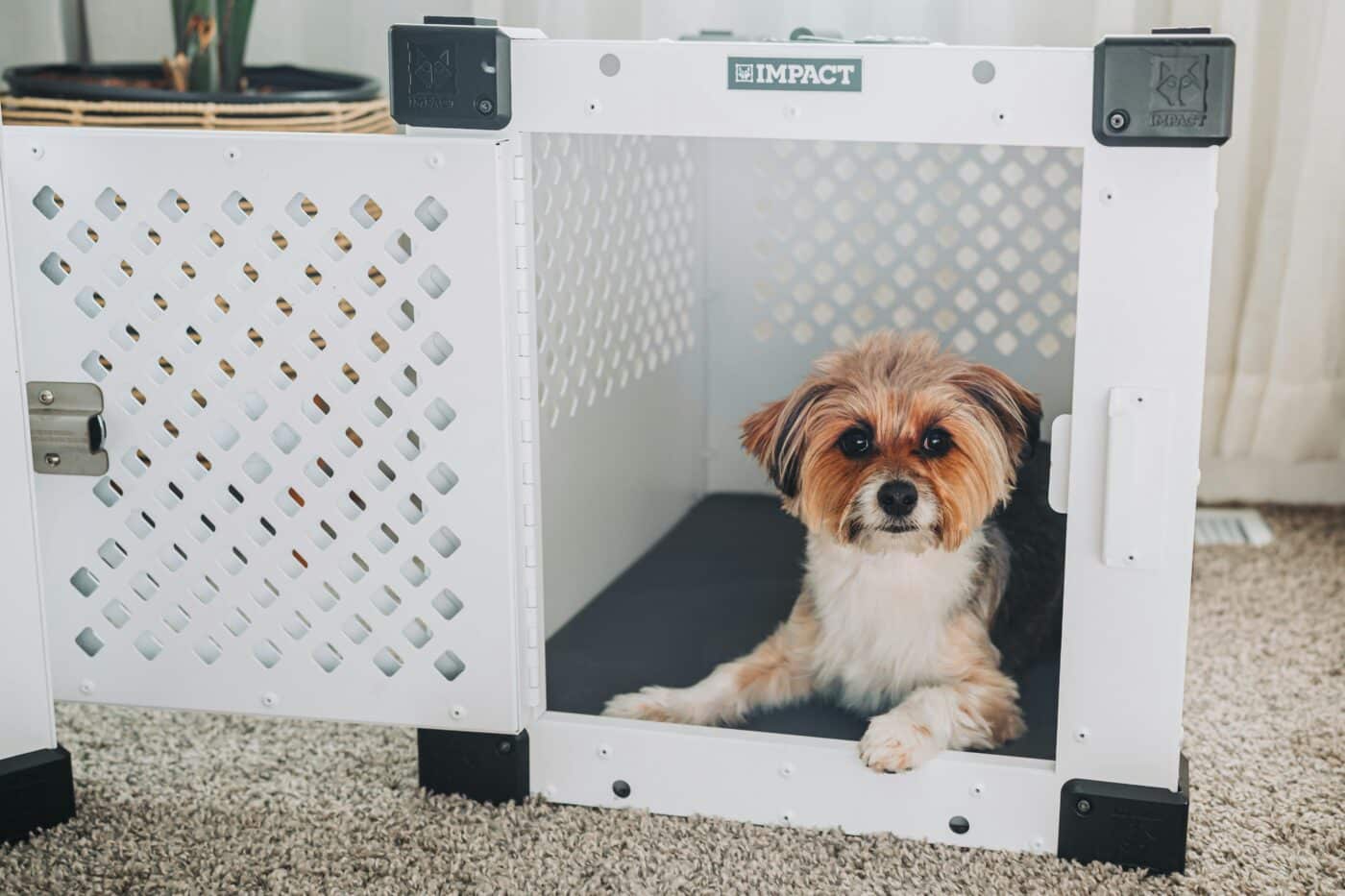
Crate training is often misunderstood, but when done properly, it can be beneficial for both the dog and the owner. Trainers emphasize that dogs are den animals by nature and often find comfort in having their own space. A crate can serve as a safe retreat where your dog can relax or sleep without feeling confined. When used correctly, crate training can assist with housebreaking, reduce anxiety, and provide structure for your dog’s routine.
Play Can Be a Powerful Training Tool
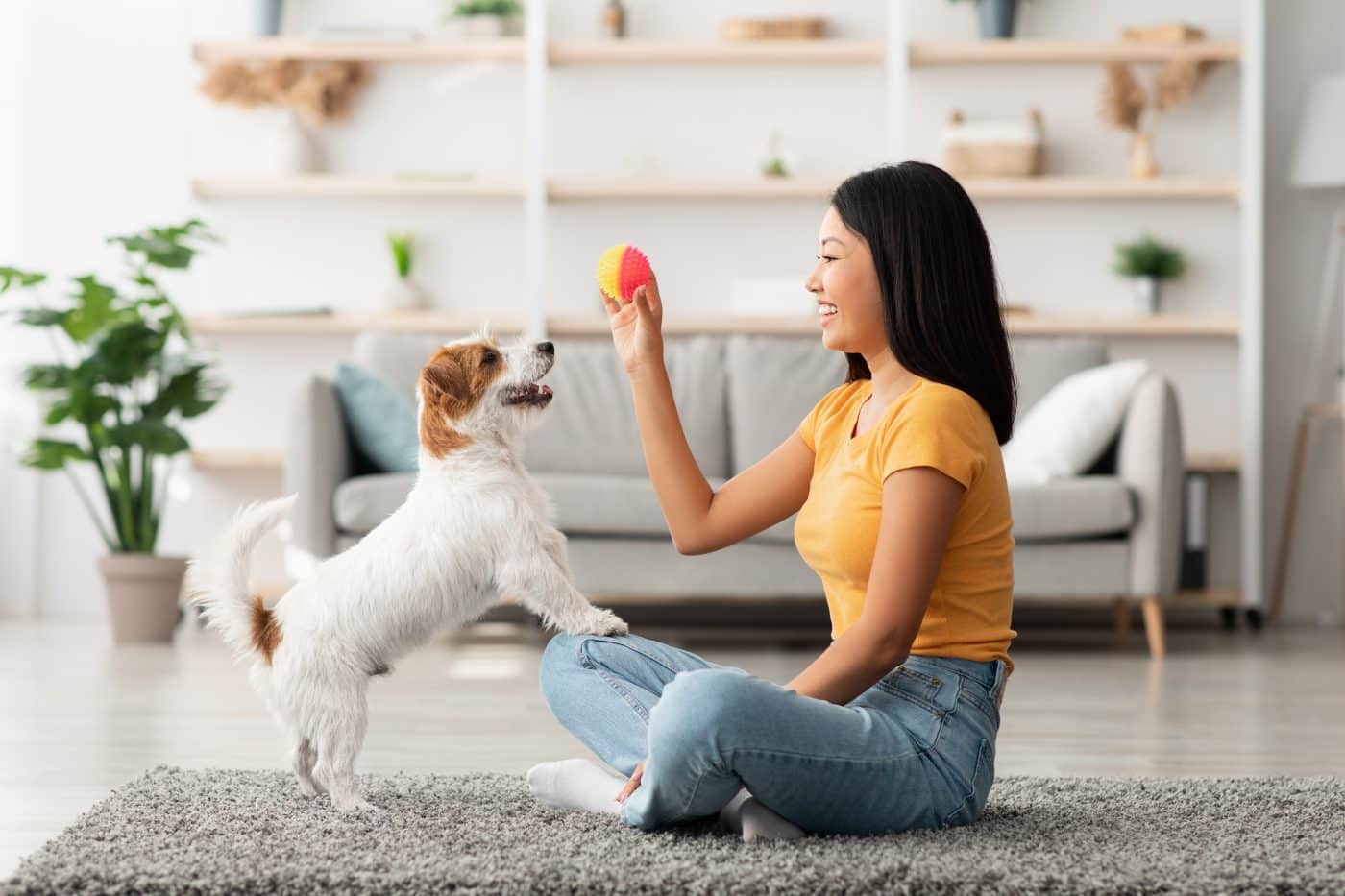
Play is a powerful training tool that can reinforce positive behaviors while keeping things fun for your dog. Trainers recommend incorporating play into training sessions to keep your dog engaged and motivated. Activities like tug-of-war or fetch can be used as rewards for learning new commands or behaviors. By making training sessions enjoyable, your dog will associate learning with positive experiences, which leads to more effective and enthusiastic training.
Training Requires Flexibility and Patience

No two dogs are the same, and trainers emphasize the importance of flexibility in training. Some dogs learn faster than others, and what works for one dog may not work for another. It’s important to adjust your methods according to your dog’s personality and learning style. With patience and a willingness to adapt, you’ll find the right approach that works for both you and your dog, leading to a more successful and enjoyable training experience.
Every Dog Needs a Job
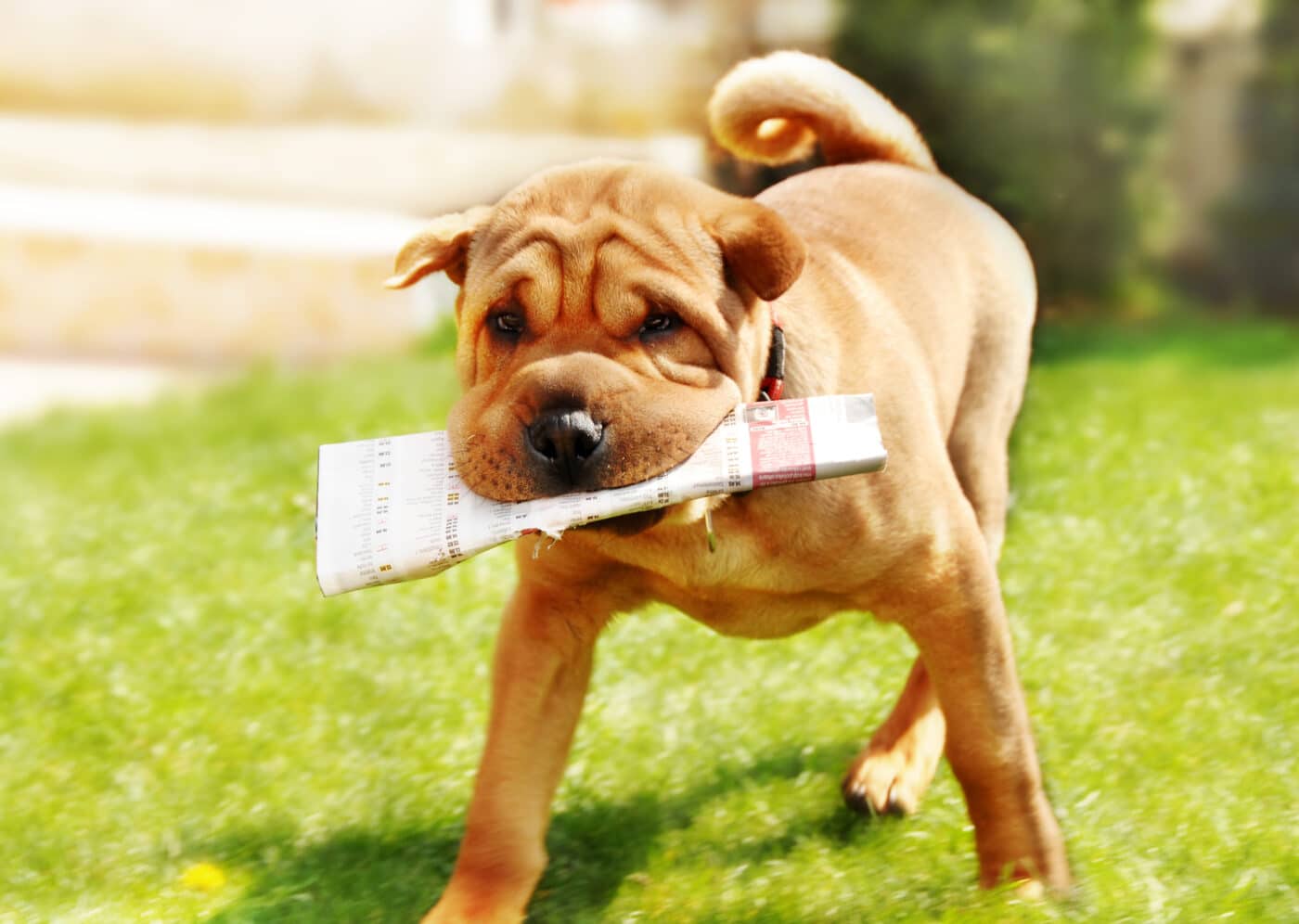
Dogs are happiest when they have a job or purpose. Trainers suggest that providing your dog with tasks—whether it’s fetching the newspaper, performing a trick, or guarding the house—helps keep their minds and bodies engaged. Without a job, dogs can become bored and develop undesirable behaviors. By giving your dog responsibilities, you provide them with a sense of accomplishment and help prevent behavioral problems.
The Tail-End Truths Every Dog Owner Needs

Training your dog isn’t about creating a perfectly obedient robot; it’s about building a positive, strong relationship. Sometimes, that means allowing your dog to enjoy their downtime and have fun. While working on training, remember that both you and your dog deserve breaks. Keep the process enjoyable, be patient, and celebrate small victories along the way. After all, even the best-trained dogs need time to relax and recharge. Training should be a rewarding journey for both of you, with plenty of joy and bonding moments!
The post 15 Secrets Dog Trainers Wish Every Dog Owner Knew appeared first on iHeartDogs.com.
